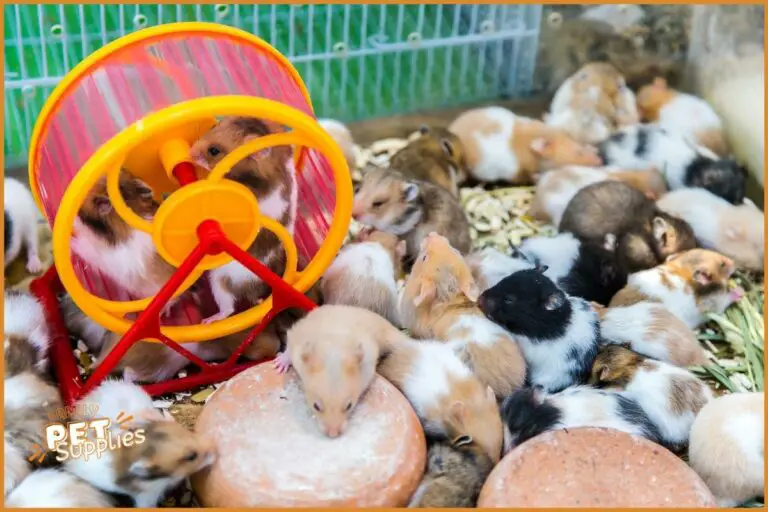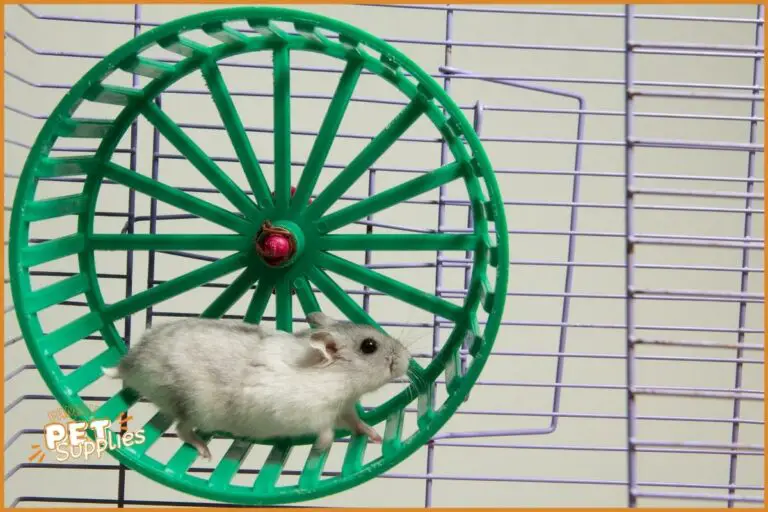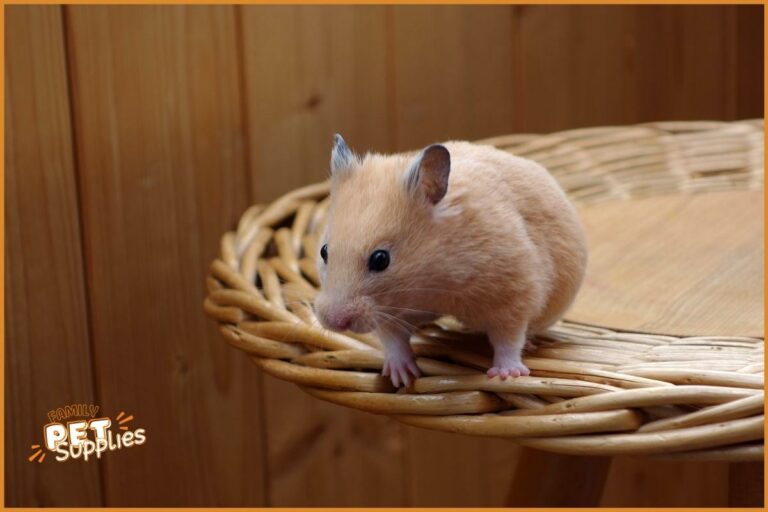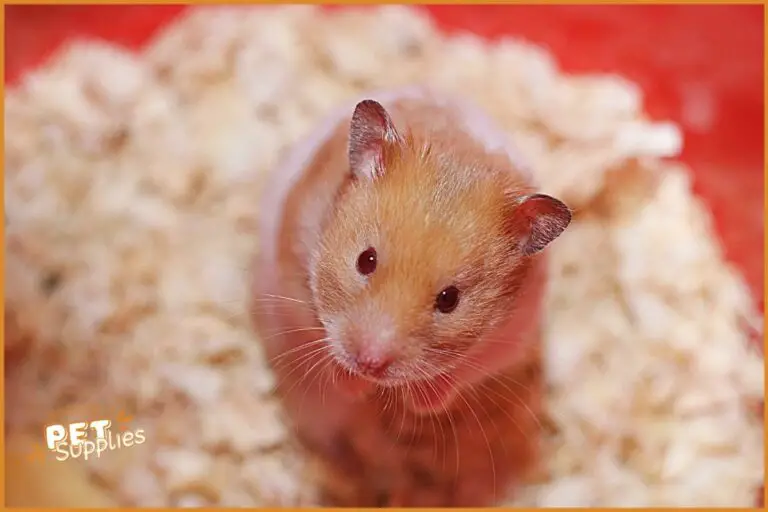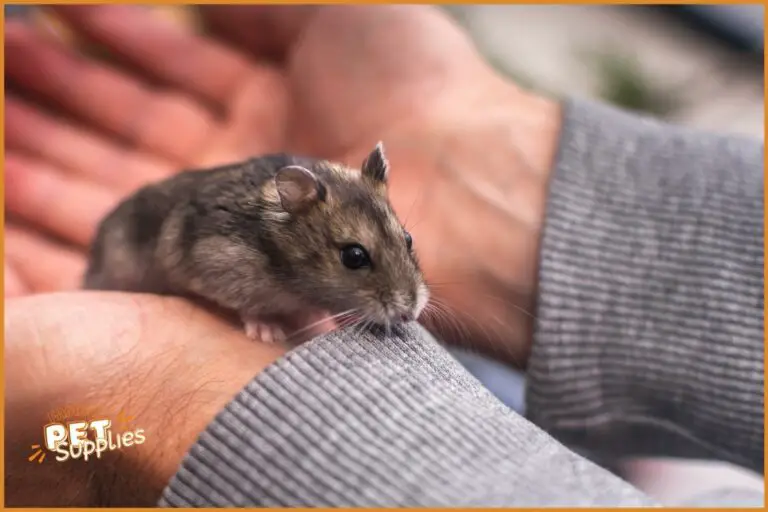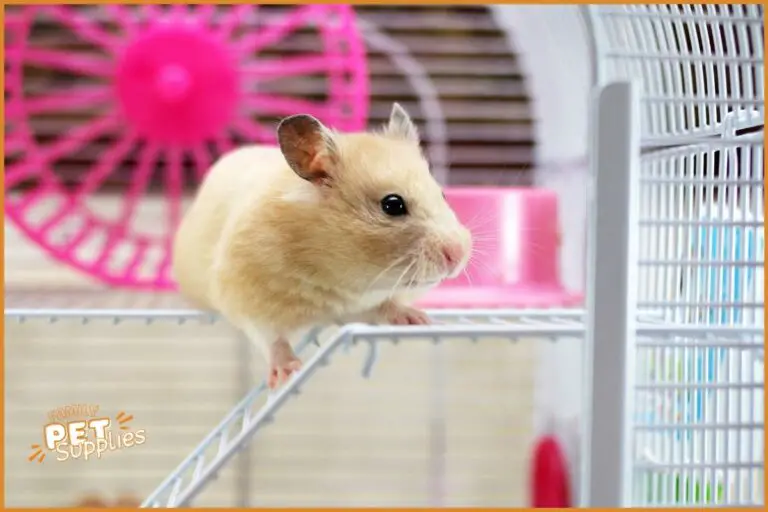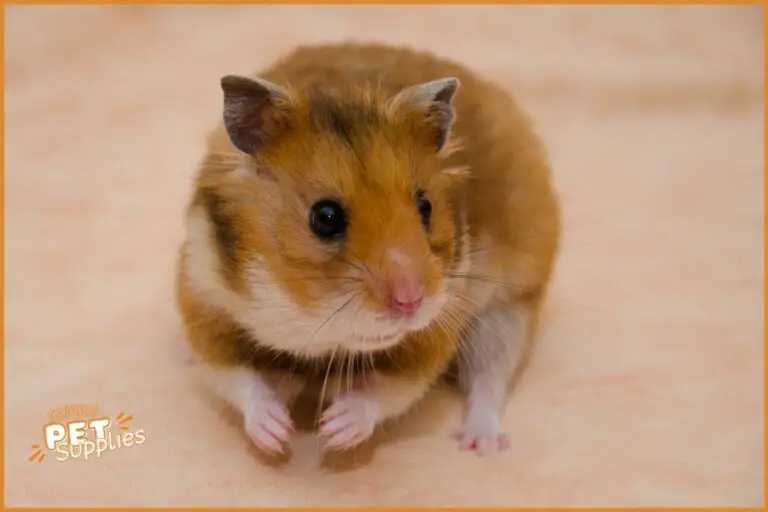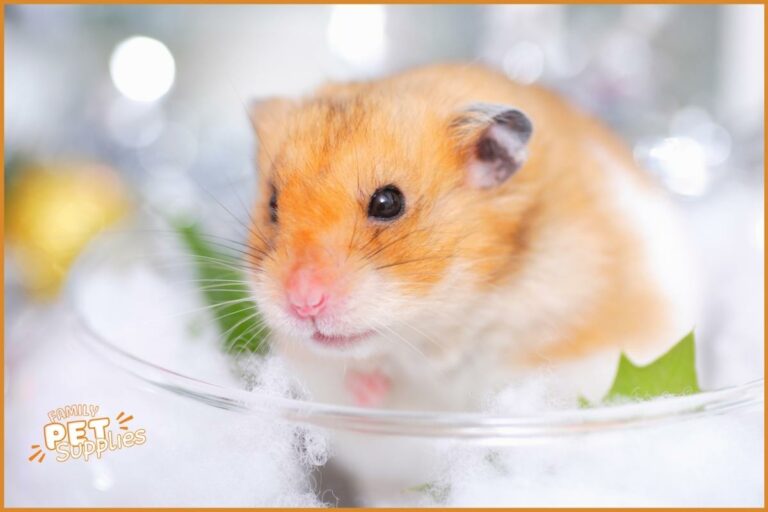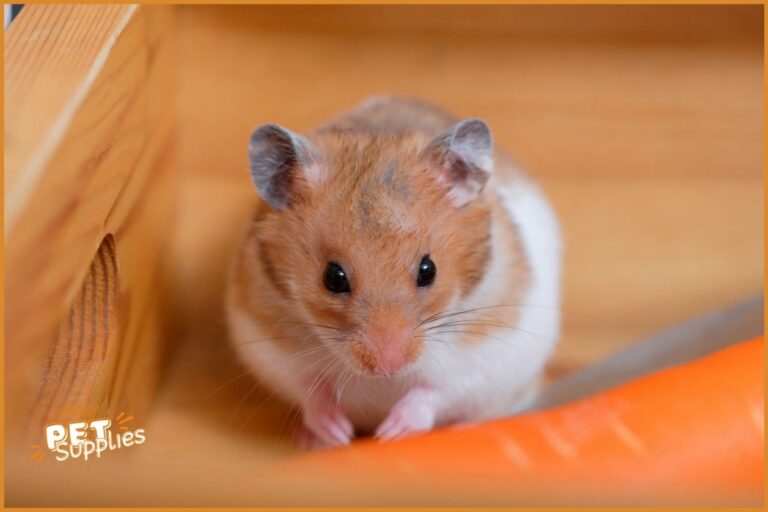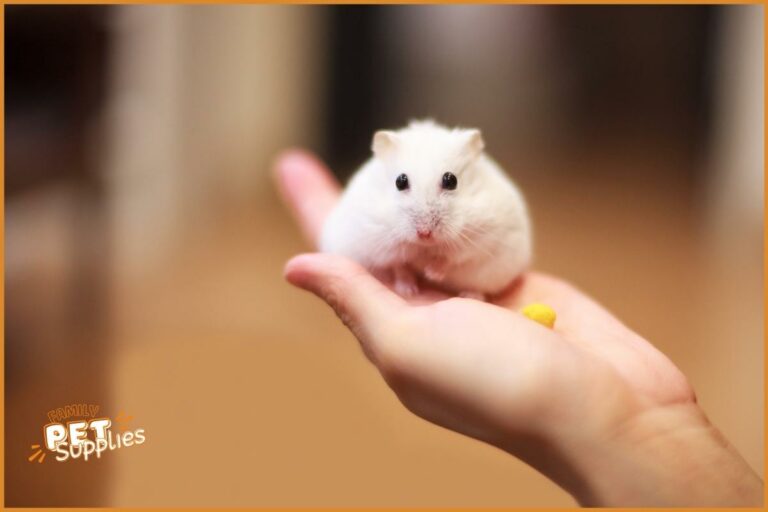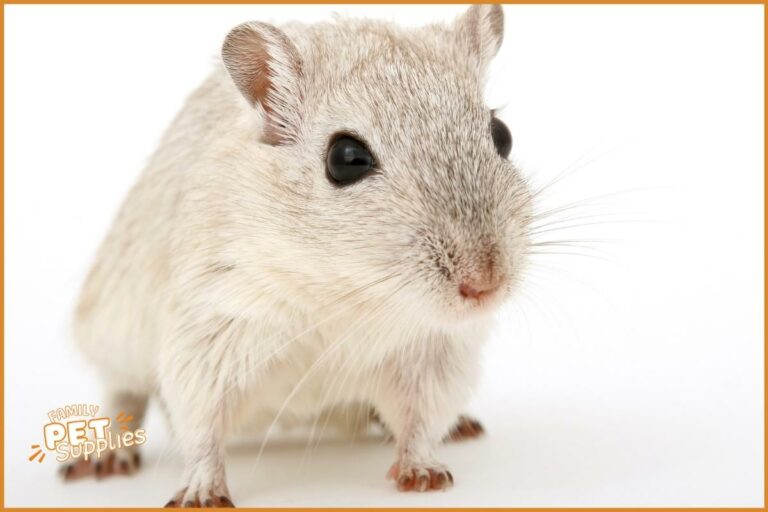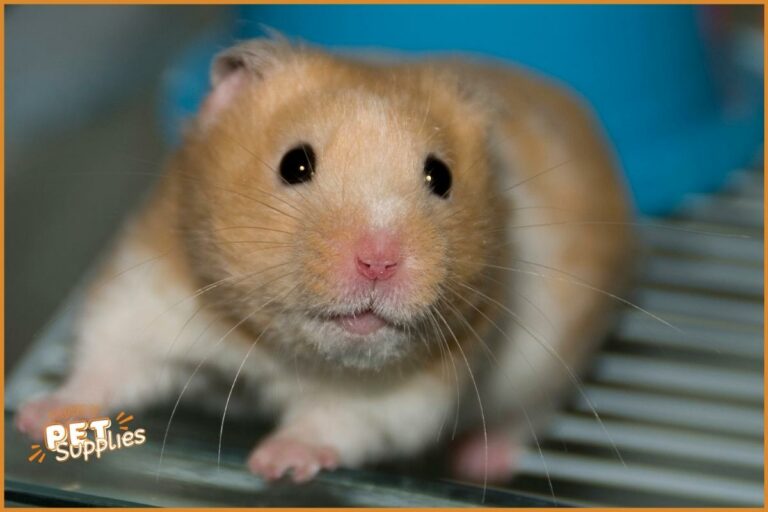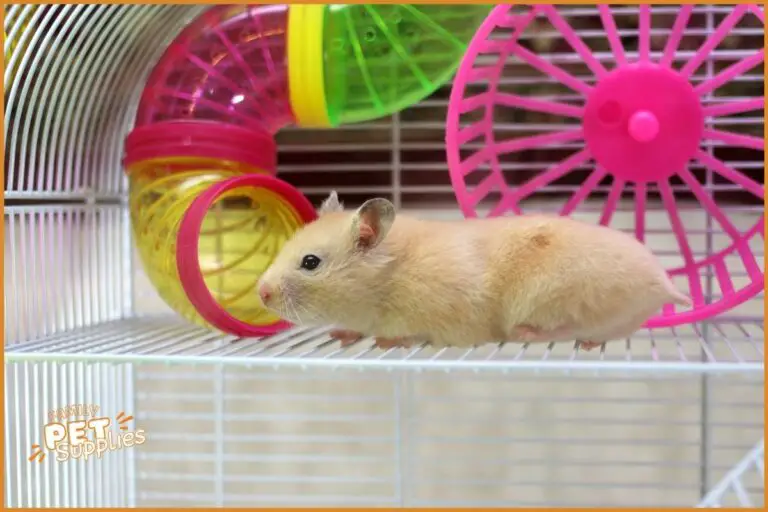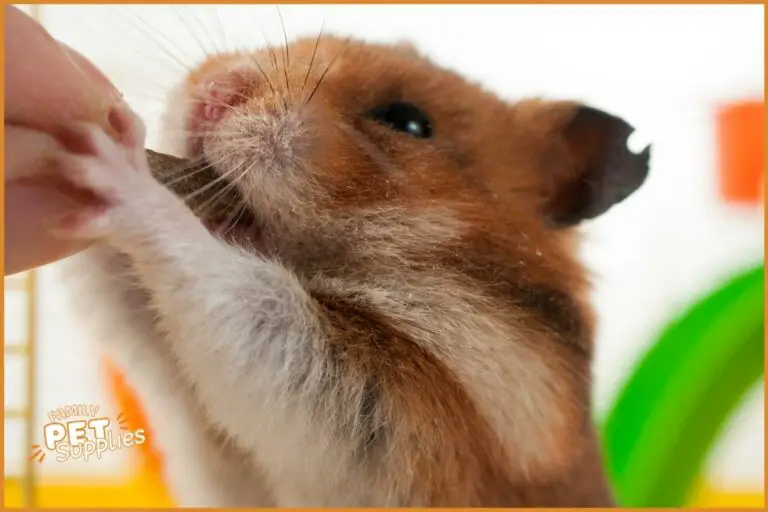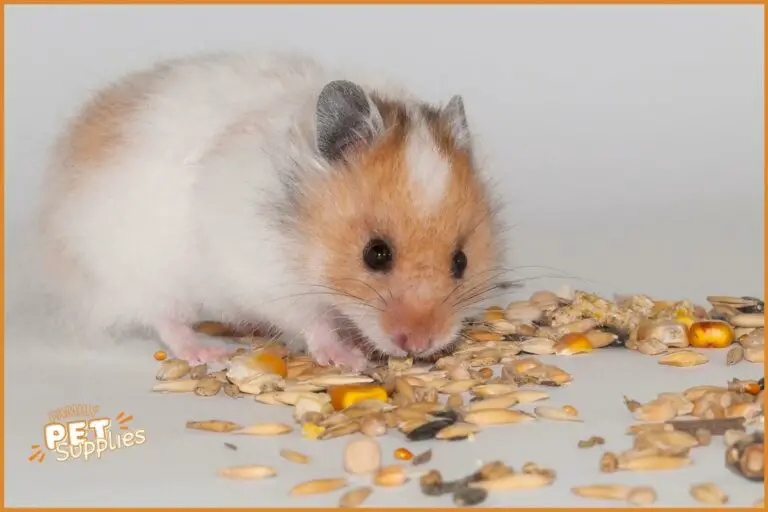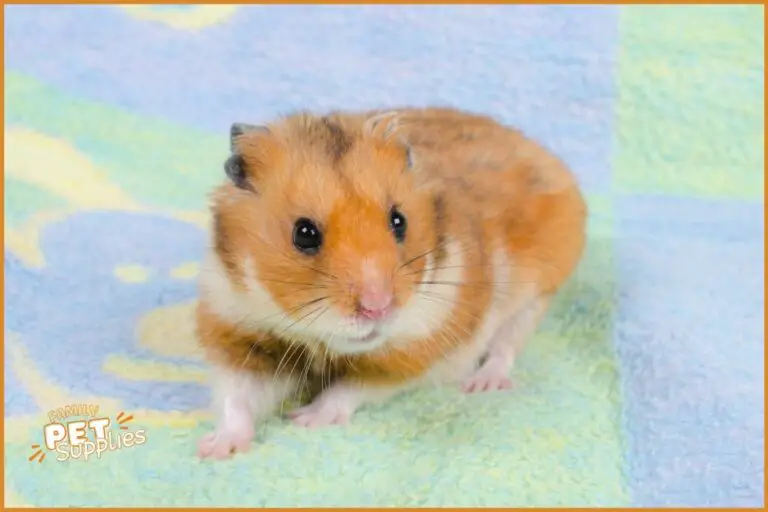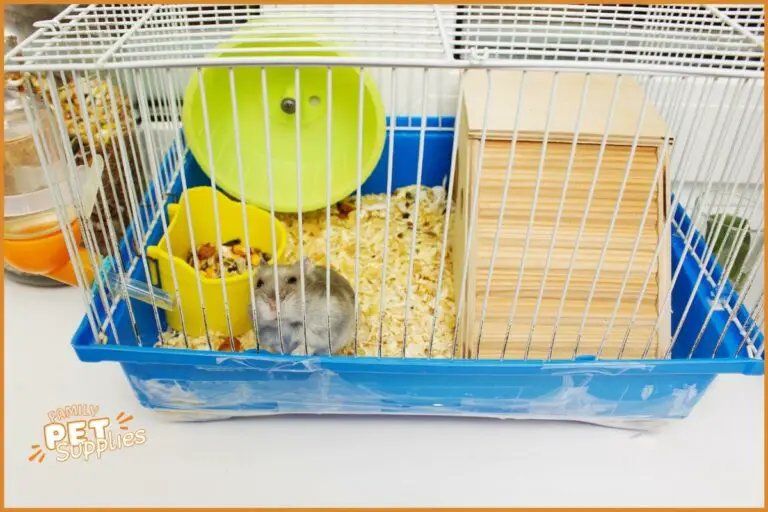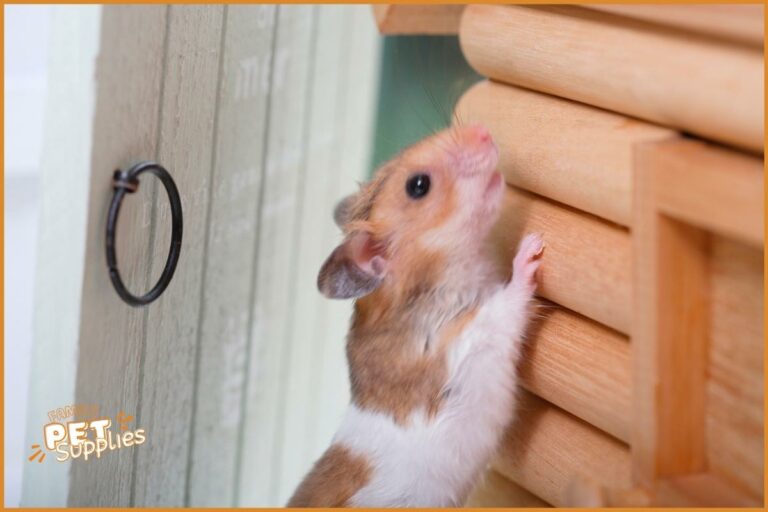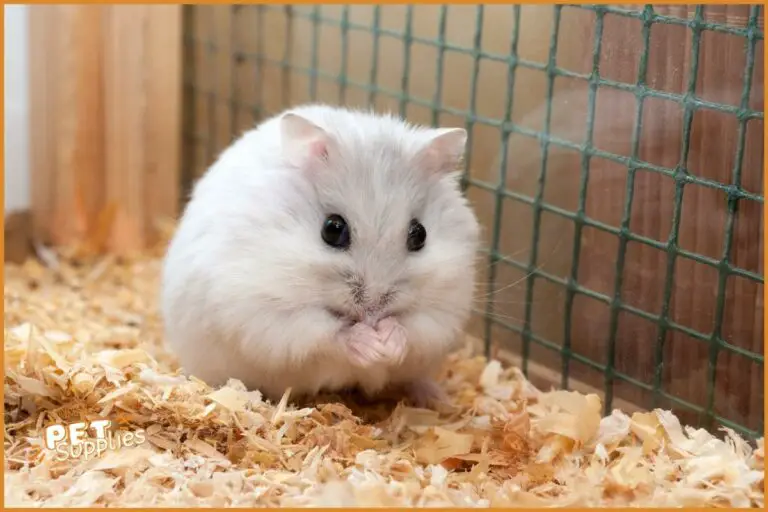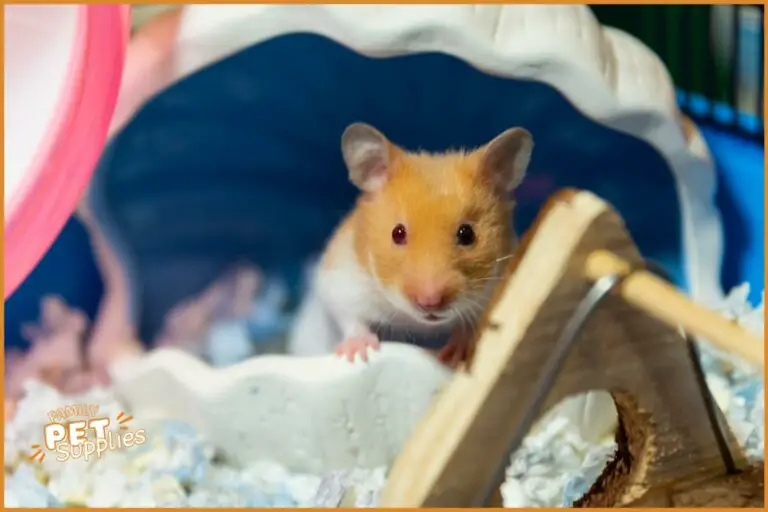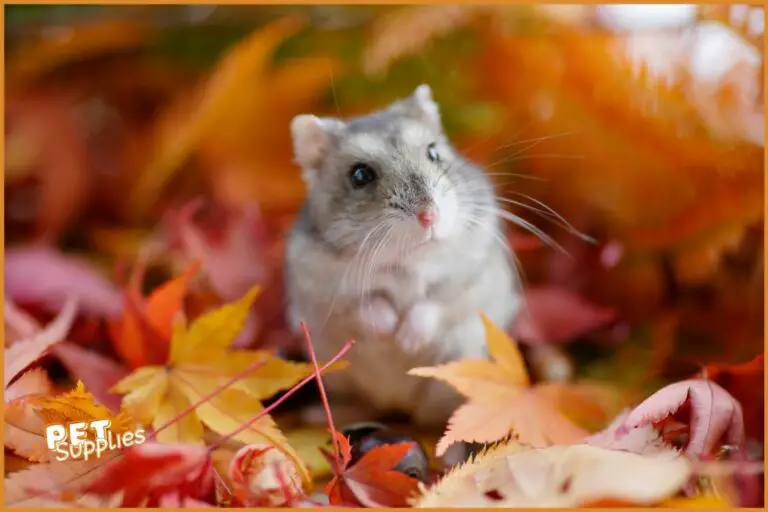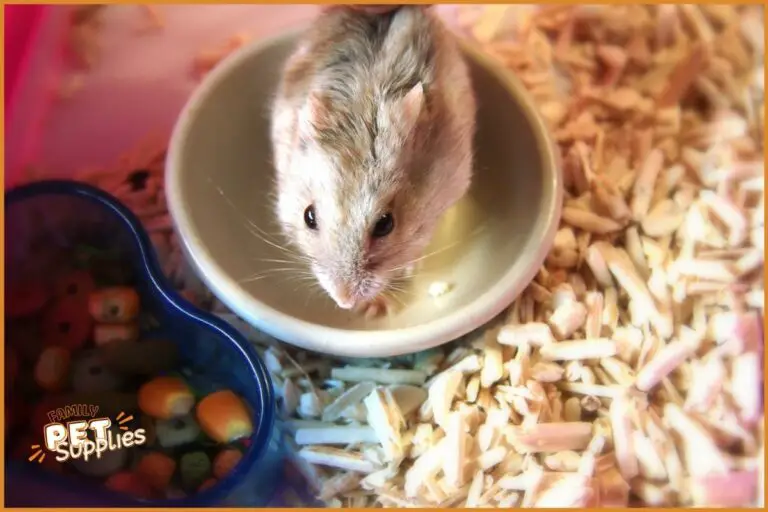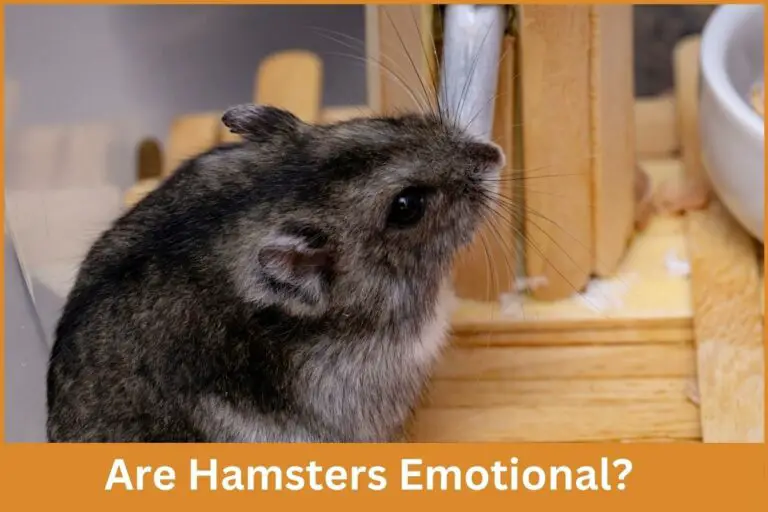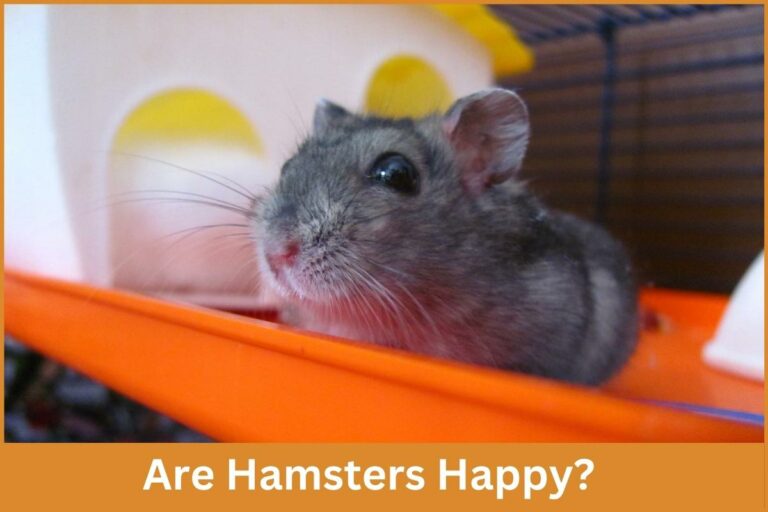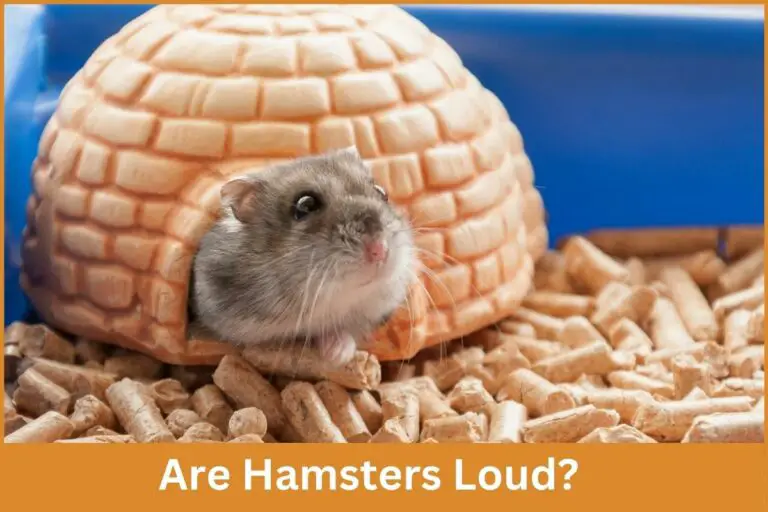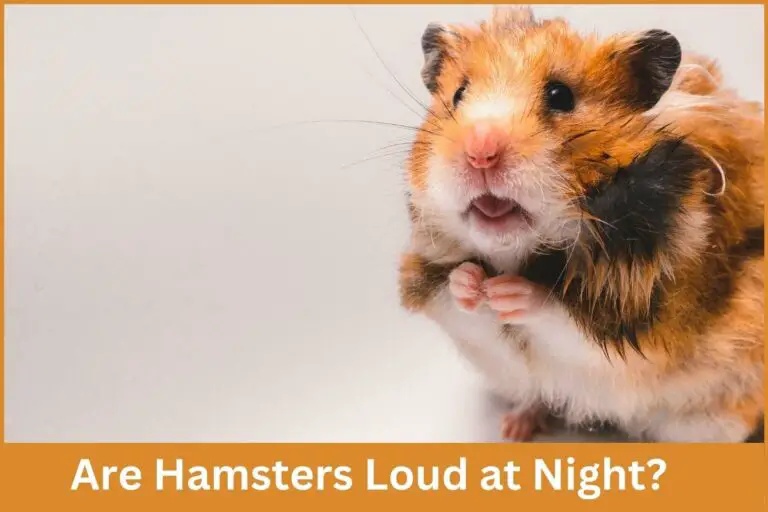Hamsters communicate in subtle but important ways. Learning to understand your hamster’s body language is key to building a bond and knowing when something is wrong. Here are some common hamster behaviors and what they mean:
- Stretching – When hamsters stretch out with their belly on the ground, this is known as “pancaking.” It indicates they are completely relaxed and comfortable in their environment.
- Yawning – Frequent yawning when your hamster just woke up is normal. However, constant yawning can signal stress or discomfort. Examine their environment for causes of distress.
- Bruxing – Hamsters grind their teeth in a motion called bruxing. This usually indicates happiness and contentment! Bruxing often happens when being petted or getting a treat.
- Eye bulging – Also known as “popcorning,” this is when hamsters widen their eyes and stare. It’s a sign of excitement or interest, usually from seeing food or a new toy.
- Scent marking – Hamsters have scent glands and will rub their body on items to mark their territory. This is normal behavior but beware excessive scent marking which can signal stress.
- Nipping – Quick warning nips are normal, especially if trying to handle a sleeping hamster. Persistent biting indicates fear or aggression, in which case leave them alone to avoid être bites.
- Squeaking– Squeaks are like hamster alarm bells, signaling fear, pain or distress. Check for injury and sources of stress. Squeaking during play is sometimes normal.
Reading your hamster’s unique cues takes time but is vital for their health and taming. If you notice any concerning signs, evaluate their habitat, social situation and handling to identify the underlying cause.










